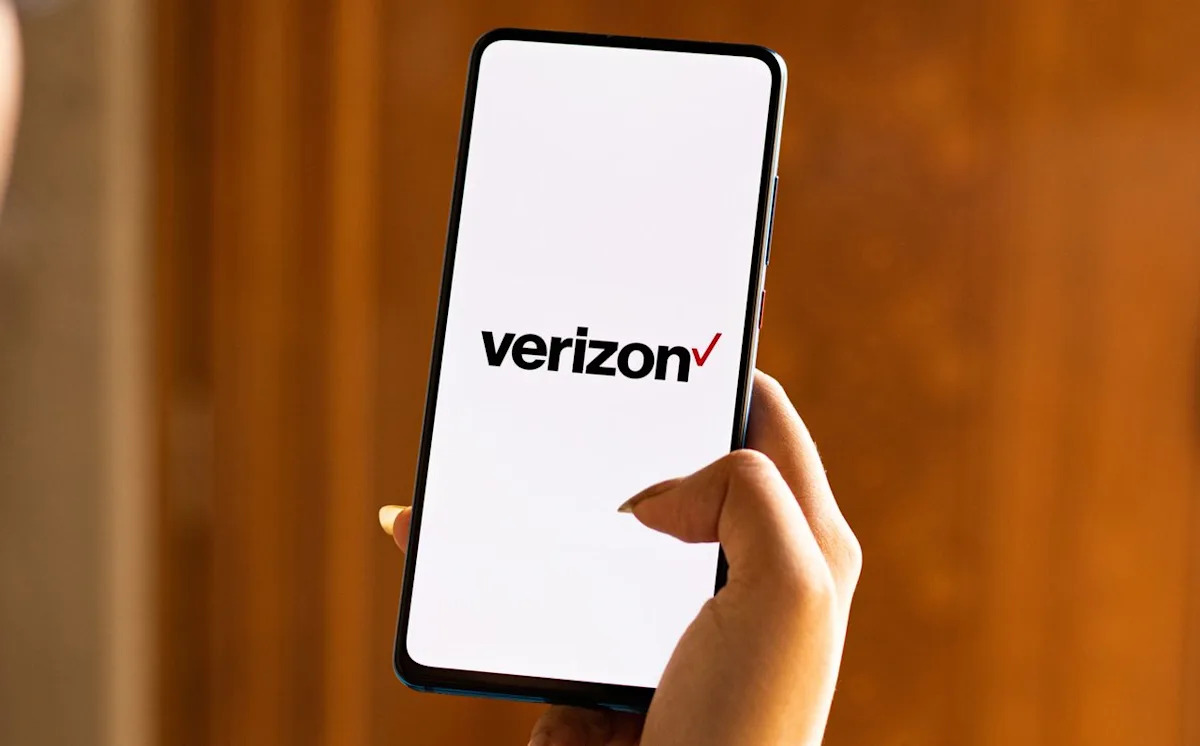Verizon customers are facing unwelcome news as the telecommunications giant confirms the removal of loyalty discounts for millions. An email sent to affected customers reveals that these discounts will be discontinued starting September 1, 2025. This decision could lead many to seek alternative providers, potentially benefiting competitors like T-Mobile and smaller, more affordable carriers.
This article delves into the details of Verizon’s policy change, exploring the potential reasons behind this move and the implications for consumers. We’ll also examine possible alternatives for those considering switching providers to maintain cost-effective mobile services.
Verizon Ends Loyalty Discounts: What This Means for You
Verizon’s decision to eliminate loyalty discounts impacts a significant portion of its customer base. These discounts, once a valued perk for long-term subscribers, are being phased out as part of the company’s strategy to streamline its offerings and encourage customers to switch to newer plans.
According to the email sent to customers, Verizon states, ‘We are writing to let you know that a discount on your account will soon end. This discount will be removed no sooner than September 1, 2025. It is important to us to be upfront and transparent when changes are made to your account.’ While Verizon assures customers of its commitment to providing the ‘very best experience and most value for your money in the industry,’ many are skeptical about the benefits of this change.
One customer expressed their frustration, stating, ‘They’re ending loyalty discounts, which was the only thing keeping me with Verizon. Guess I’m gonna port out.’
Why Is Verizon Making This Change?
The exact reasons behind Verizon’s decision remain speculative. However, it’s likely that the company aims to migrate customers from older, less profitable plans to its newer offerings, such as ‘myPlan.’ By removing loyalty discounts, Verizon creates an incentive for customers to explore these newer plans, which may offer different benefits and pricing structures.
The company states in its email, ‘We want to ensure you get the best value and experience from Verizon and encourage you to check out our [plans] for the plan that works best for you.’ This suggests that Verizon believes its newer plans provide better value, even without the loyalty discounts.
Another possible explanation is that customers on older plans with loyalty discounts are less profitable for Verizon. By taking the risk of losing these customers, Verizon may be betting on acquiring new subscribers or transitioning existing ones to more lucrative plans.
Customer Reactions and Potential Exodus
The removal of loyalty discounts is expected to trigger a wave of dissatisfaction among Verizon customers. Many who relied on these discounts to offset the cost of their mobile service may now feel compelled to explore alternative providers.
This could lead to a significant exodus of customers to competitors like T-Mobile, which offers competitive pricing and various promotional deals. Additionally, smaller MVNOs (Mobile Virtual Network Operators) that operate on the networks of major carriers may also attract budget-conscious customers.
The impact of this change will depend on how effectively Verizon communicates the value of its newer plans and whether it can offer compelling reasons for customers to stay. However, the initial reaction suggests that many are prepared to switch providers in search of better deals.
Exploring Alternatives: Other Carriers to Consider
For Verizon customers considering a switch, several alternatives offer competitive pricing and services. T-Mobile has been aggressive in attracting customers with its ‘Un-carrier’ approach, offering unlimited data plans and various perks.
AT&T is another major player in the mobile market, providing a wide range of plans and coverage options. Additionally, numerous MVNOs, such as Mint Mobile, Visible, and Google Fi, offer more affordable plans by leveraging the networks of the major carriers.
When evaluating alternatives, customers should consider factors such as coverage, data limits, international roaming options, and customer service. By carefully comparing different providers, it’s possible to find a plan that better suits their needs and budget.
Tips for Switching Carriers: A Seamless Transition
Switching mobile carriers can seem daunting, but with proper planning, it can be a smooth and straightforward process. Start by researching different providers and comparing their plans and pricing. Once you’ve chosen a new carrier, ensure that your phone is unlocked and compatible with their network.
Next, contact your new carrier to initiate the porting process, which involves transferring your existing phone number. Be sure to have your account number and PIN from Verizon handy. The porting process typically takes a few hours to a day.
Finally, once your number has been successfully ported, cancel your Verizon service to avoid being charged for both accounts. By following these steps, you can switch carriers with minimal disruption.
Final Thoughts: Navigating the Changing Mobile Landscape
Verizon’s decision to remove loyalty discounts marks a significant shift in the mobile landscape. While the company aims to streamline its offerings and encourage customers to switch to newer plans, this move could backfire if customers feel undervalued and seek alternatives.
As the mobile market becomes increasingly competitive, customers have more options than ever before. By carefully evaluating their needs and comparing different providers, they can find plans that offer the best value and service.
Ultimately, Verizon’s success will depend on its ability to communicate the benefits of its newer plans and retain customers who are considering switching. In the meantime, consumers should be proactive in exploring their options and making informed decisions about their mobile service.

Leave a Reply